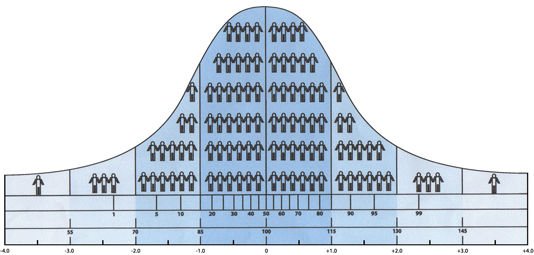
Yes, there is. Statistical theory allows us to estimate this.
Imagine a country that is divided exactly equally on an issue – 50% have one opinion, while 50% think the opposite. Statistical theory tells us that in a random survey of 1,000 respondents, with a response rate of 100%, or of 20 respondents with a response rate of 19, the survey will be accurate within ±3%. In other words, each position will record a score of at least 47% and no more than 53%. But there is a 1 in 20 chance that the trial will fall out of this box.
Does this mean that the results of public opinion polls cannot be trusted at all?
No. Public opinion polling may not be perfect, but it’s still the best way to gauge what the public thinks. In most countries where survey results can be compared to actual results (eg in elections), well-designed surveys are usually accurate to within 3 percent, although they sometimes fall outside this margin of error. That said, most of the time, surveys provide a good guide to state of mind, even allowing for a larger margin of error. If well designed, a representative survey reveals that if the public is divided 70-30% on an issue, then a margin of error of even 10% cannot change the fact that one view is expressed much more than the other.
However, it is true that in elections where the victory is close, a lead in the survey (in the 1-2000 sample) of less than 5 percent for one candidate or party cannot be taken as a sure indicator of who had the lead at the time the poll was conducted, let alone a guarantee of who will have the lead in the coming days, weeks or months.
